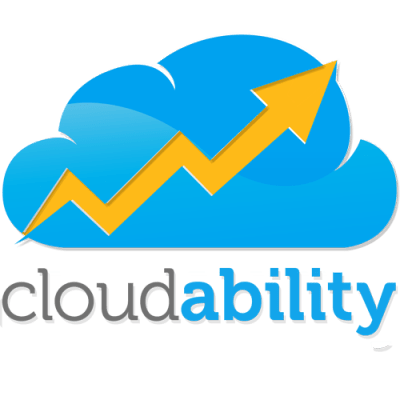In another sign of the emerging market for cloud monitoring, Cloudability announced it now monitors more than $250 million in cloud spending for customers, more than double what it did fewer than six months ago. It illustrates how customers are shifting perspectives to more detailed and analytical views of their compute and storage costs.
The news shines a light on a market that is going to get much tighter in 2013. That’s evident in Amazon’s news that AWS is now offering more granular billing to help customers get a picture of what they are spending. Cloud spending is increasing and so is the competition to monitor it.
In July, Cloudability managed $123 million. The increase since then for Cloudability comes as the market diversifies. CEO Mat Ellis wrote in a blog post today that they have observed four shifts in the market in the past year:
- Analyzing cloud usage is quickly being seen as mandatory.
- There is a move from total cost to total efficiency. Instead of thinking of cloud like a data center costing on a per month basis, companies are beginning measuring it in the amount per unit of activity.
- The market has moved beyond educating customers. The most advanced practitioners are already 6-12 months into a deep understanding of the IT economics of their businesses.
- Non-technology companies take the cloud much more seriously. Companies in sectors as diverse as packaged goods, airlines, restaurants and manufacturers all have big plans for the cloud in 2013.
Competitors are faring well, too. Cameron Peron, Newvem’s vice president of marketing, said they have helped customers reveal more than $80 million in cost savings on AWS EC2, with $50 million of the cost savings getting acted upon by taking actions such as purchasing reserved instances.
This all points to a robust market, and that is not lost on Amazon. Last week the company announced it will offer AWS customers new detailed billing reports that provide hourly usage and cost data by the product and availability zone. They are also offering consolidated billing customers the ability to offer unblended rates and cost. They claim it is particularly useful for analyzing usage of Amazon EC2 On-Demand and Reserved Instances.
Overall, the cloud monitoring market shows the overall move off the data center and with it the need to analyze spending that is based on data much more than on anything else.
